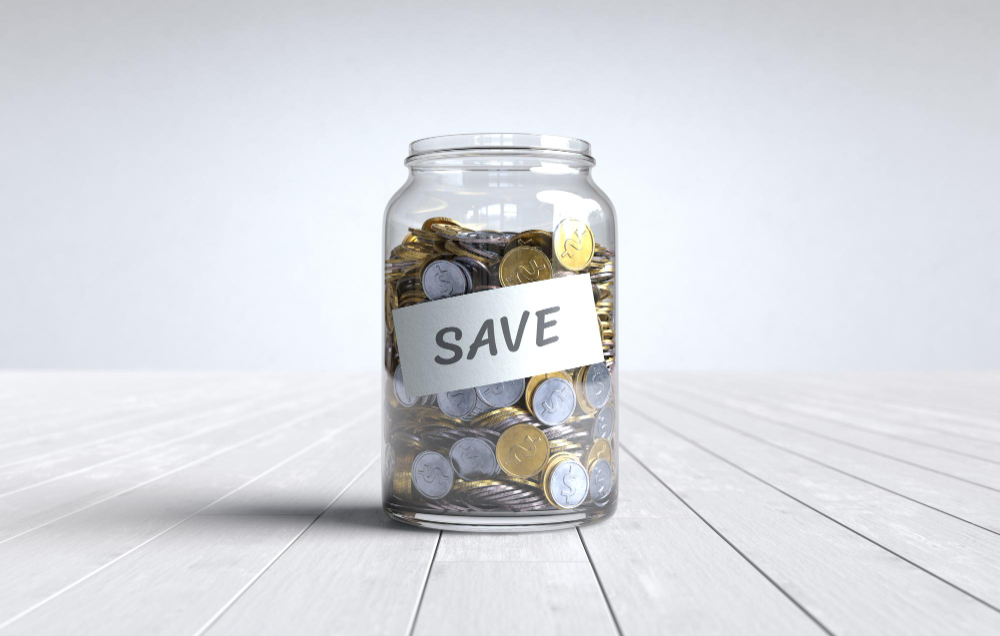Smart Money Moves in the New Reality of Savings
The world of finance is no longer as simple as setting money aside at the beginning of the month and putting it into savings. It takes much more.
How to Save Money During Financial Crises?
Saving money has always been a challenge, but in recent years the landscape has changed significantly.

Persistent inflation in the United States, the accelerated digitalization of financial services, and new consumption habits have created an environment where saving requires more strategy and awareness.
An Economy in Transformation
The United States is currently facing high costs in basic items: food, housing, transportation, and even leisure.
This puts pressure on consumers’ wallets, forcing them to reinvent the way they handle money.
The old recommendation of simply “saving 10% of your income every month” no longer fits the reality of many people.
The new reality of savings calls for flexibility: some months it will be possible to save more, in others less, but the important thing is to maintain discipline and consistency.
The Psychological Weight of Spending
The rise of solutions like Apple Pay, Google Wallet, and contactless cards has made money increasingly “invisible.”
Consumer research shows that when we don’t feel the physical weight of bills and coins, we are more likely to overspend.
That’s why adopting control strategies—such as instant spending notifications, daily limits, and even dividing expenses across different cards—helps balance technological convenience with financial responsibility.
The Power of Digitalization in Planning
Personal finance apps now organize your budget in real time, with reports showing exactly where each dollar went.
This is particularly useful for travelers, who often deal with different currencies and exchange rates that directly impact their final bill.
In addition, fintech companies have popularized features like round-up savings or digital vaults that automatically set aside small amounts.
Inflation and Interest Rates: How to React
Inflation in the U.S. has driven up the cost of essentials, and the Federal Reserve’s response has been to raise interest rates.
For savers, this brought good news: high-yield savings accounts now offer returns of 4% to 5% per year, far above what was available just a few years ago.
Thus, keeping money in digital banks or credit unions can be a smart way to protect your capital while maintaining liquidity.
The New Profile of Conscious Consumption
The new savings reality also requires rethinking priorities.
Many Americans have adopted so-called conscious consumption, where every purchase is evaluated not only by its price but by the value it adds to life.
For example, spending on experiences that create lasting memories may make more sense than accumulating objects.
At the same time, researching before buying, comparing prices on apps, and using digital coupons have become common practices to reduce costs without sacrificing quality.
Practical Strategies to Save
- Set flexible budgets: establish a spending range, not a fixed number. This reduces frustration in more expensive months.
- Use banking app alerts: they act as constant reminders of the impact of each purchase.
- Divide cards by categories: one for food, another for transportation, another for leisure. Clarity makes control easier.
- Take advantage of rewards programs: many U.S. credit cards offer cash back or points that can be redeemed for flights or hotels.
- Review expenses at night: a quick daily check can help avoid unpleasant surprises on the bill.
The Role of Travel in This Equation
Travel is one of the moments when financial discipline is tested the most.
The different environment, the desire to make the most of it, and the temptation to spend “because it’s just this once” create fertile ground for overspending.
However, this doesn’t mean giving up the experience—it means aligning expectations with financial reality.
Planning ahead, setting aside part of the budget for emergencies, and using technology to track expenses in real time are habits that make travel enjoyable without compromising future finances.
The Future of Personal Savings
Everything indicates that the trend will be greater integration between consumption, savings, and technology.
At the same time, digital banks continue to innovate in automated savings tools, increasingly linking the act of spending with the act of saving.
In this scenario, financial discipline will be less about drastic cuts and more about making smart, real-time decisions. The “pain of paying” may decrease, but awareness of each expense must increase.




